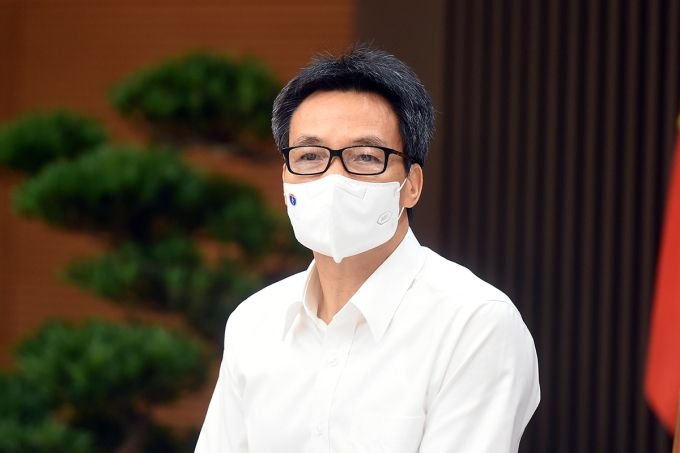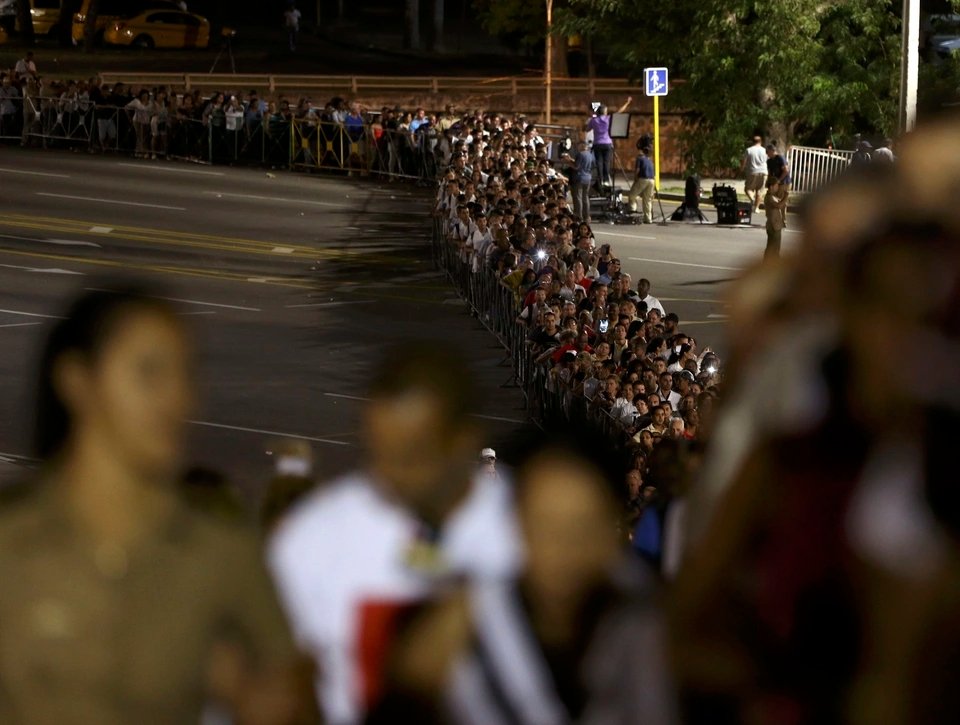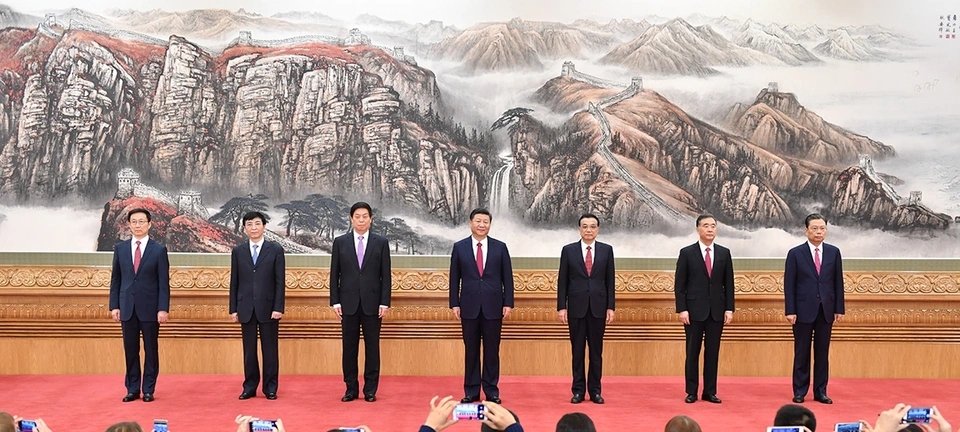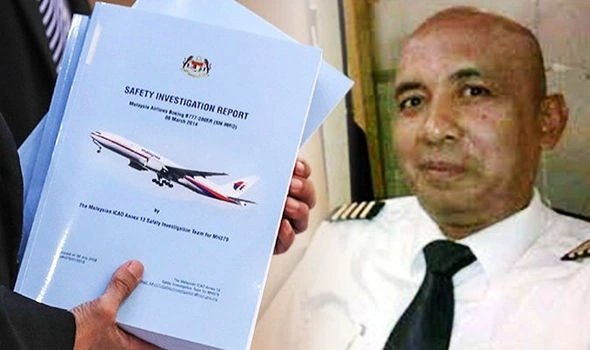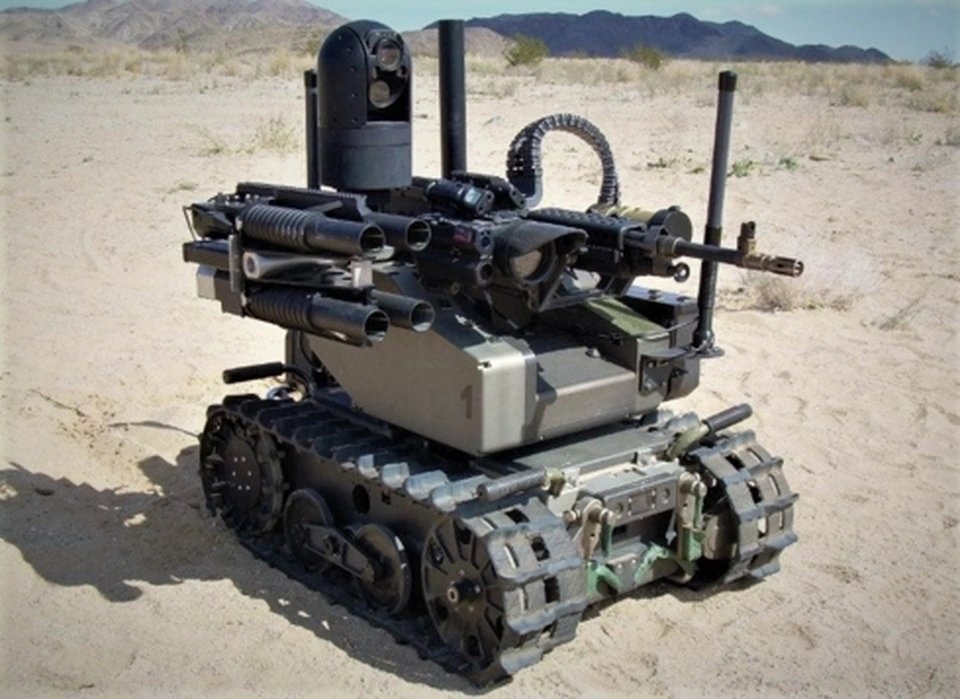On the afternoon of June 11, the Standing Committee of the National Steering Committee for Covid-19 Prevention and Control met with a number of localities with many industrial zones and clusters (IZs).
Director of Ho Chi Minh City Department of Health Nguyen Tan Binh said that from May 27 to now, the city has taken about 482,000 samples, of which 6,448 F1 samples, more than 25,000 F2 samples, and nearly 430,000 samples for expanded screening tests.
At the same time, Ho Chi Minh City strengthens focused surveillance, and when necessary, continues to expand testing to all factories, workshops, and even industrial parks if high risk is found;
Vice Chairman of Ho Chi Minh City People’s Committee Duong Anh Duc assessed that the current situation in the city still has a very high risk of the epidemic spreading to neighboring provinces and industrial parks.
Deputy Prime Minister Vu Duc Dam chaired the meeting of the National Steering Committee for Covid-19 Prevention and Control with localities with industrial parks on the afternoon of June 11.
Leaders of Dong Nai province said that to prepare for epidemic situations in the community, especially industrial parks, the locality is focusing on directing to increase testing capacity from 30,000 pooled samples to 50,000 pooled samples per day;
The representative of Binh Duong province said that with 29 industrial parks and 12 industrial clusters in operation, nearly 1.2 million workers, the locality has required each company to develop scenarios for epidemic prevention and control and response when an outbreak occurs.
Currently, there are many workers from Ho Chi Minh City coming to Binh Duong to work, so the province continues to focus on health control for people from epidemic areas, especially in Ho Chi Minh City;
The provinces of Tay Ninh, Ba Ria-Vung Tau, and Long An said they are focusing on improving testing capacity;
In addition, the provinces are strengthening regular disease surveillance in areas where many workers live in dormitories, testing and screening in high-risk areas;

Quang Chau Industrial Park, Viet Yen district, Bac Giang province.
From the epidemic center of Bac Giang, Chairman of the Provincial People’s Committee Le Anh Duong said that the 4 main sources of infection in the Industrial Park are closed working environments, using air conditioning;
`The lesson of Bac Giang is that due to the initial limited testing capacity, it was unable to catch up with the epidemic. However, many support units are still very confused due to lack of coordination and unified command. Therefore,
Deputy Prime Minister Vu Duc Dam emphasized that after more than a month of drastic implementation of measures, the epidemic situation is basically under control nationwide, although the number of infected cases and the number of localities with epidemics is higher than before.
He requested localities to strictly implement mandatory medical declaration and update the health status of all people working in the industrial park;
According to the Deputy Prime Minister, there needs to be unified command and coordination of sampling and testing, combining testing methods for different groups, especially in situations where many units provide support and aid.
He also said that there is no standard model for quarantine and blockade zones, but depends on the bravery, intelligence, flexibility and creativity of local leaders.
`No matter how much space is spaced or zoned, it must be decided very early, and at the same time avoid the situation where the line is wide but loose inside, allowing the epidemic to linger and prolong. In the initial situation where the narrow area cannot be determined, then temporarily zone it.
Responding to requests from localities wanting to soon have a Covid-19 vaccine to vaccinate workers, the Deputy Prime Minister said the biggest difficulty is that currently, vaccine sources have no commitment on progress.
`We do not lack funds, but the most difficult thing is to get the vaccine as soon as possible, as much as possible. We will try to vaccinate all workers in high-risk factories and industrial zones by the end of August. Vaccinations will be completed by the end of August.`
Write Tuan






